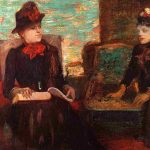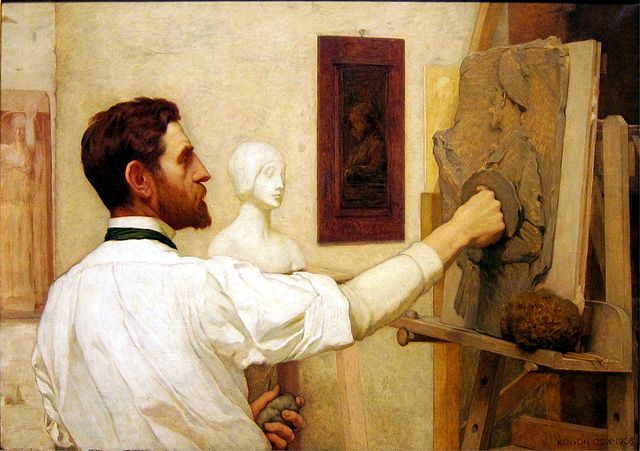
Kenyon Cox, a prominent American artist and art critic, was born on October 27, 1856, in Warren, Ohio. His multifaceted career encompassed painting, mural decoration, writing, and teaching, leaving an indelible mark on the American art scene during the late 19th and early 20th centuries.
Growing up in a family with artistic inclinations, Cox’s early exposure to the arts ignited his passion for creativity. His father, Jacob Dolson Cox, was a Civil War general and later served as a governor and Secretary of the Interior. Despite his family’s political background, young Kenyon Cox found his calling in the world of art. At the age of 16, he began his formal art education at the McMicken School of Design in Cincinnati.
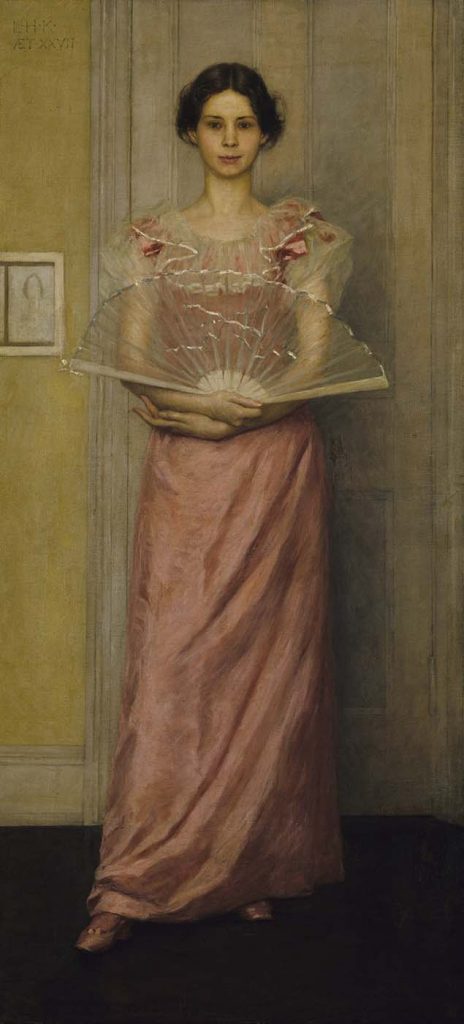
Cox’s artistic journey took a decisive turn when he moved to Paris in 1877 to study at the École des Beaux-Arts. Immersed in the vibrant artistic atmosphere of the French capital, he honed his skills under the tutelage of renowned academic painters. Paris provided Cox with exposure to diverse art movements, from academic traditions to emerging trends like Impressionism, influencing his evolving artistic style.
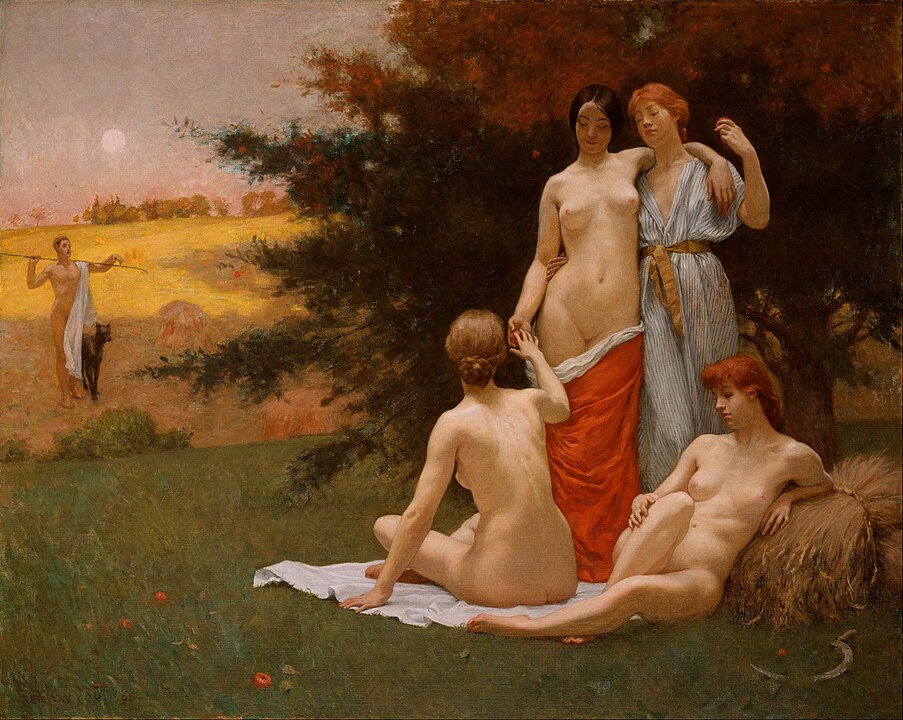
Returning to the United States in 1882, Cox established himself as a leading figure in the American art scene. His early works, characterized by a realist approach, drew inspiration from classical art, reflecting the academic training he received in Paris. Cox’s paintings often featured mythological and allegorical themes, showcasing his mastery of classical techniques and composition.
Love of Murals
Kenyon Cox’s artistic contributions extended beyond the canvas to mural decoration, an area where he achieved notable success. Mural painting experienced a resurgence in popularity during the late 19th century, driven by a desire to adorn public spaces with monumental works of art. Cox, along with other American artists, played a pivotal role in this revival.
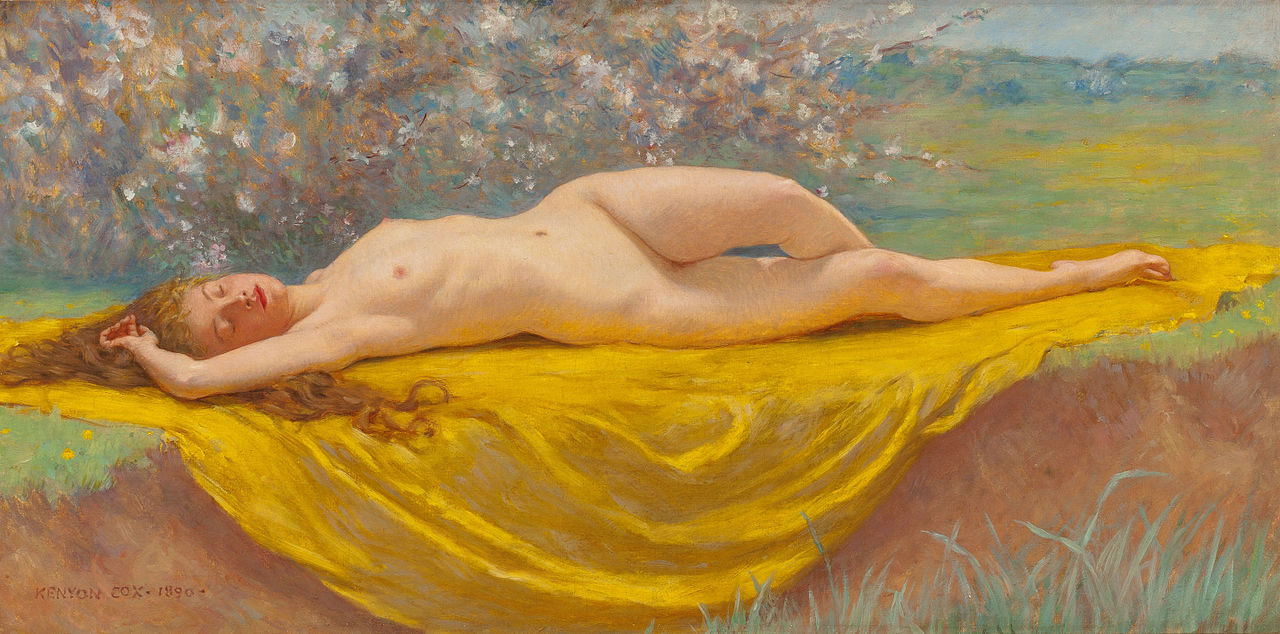
One of Cox’s most celebrated mural projects was his contribution to the Wisconsin State Capitol in Madison. Executed between 1900 and 1919, these murals adorned the Senate and Assembly chambers, illustrating historical and allegorical themes. The grand scale of these works allowed Cox to showcase his artistic prowess while contributing to the cultural embellishment of public spaces.
Cox’s murals often explored themes related to history, literature, and mythology. His keen interest in classical subjects and his ability to infuse them with a modern sensibility set his work apart. Cox believed in the transformative power of art to elevate public spaces, fostering a sense of cultural identity and shared heritage.
In addition to his achievements as a painter and muralist, Kenyon Cox emerged as a respected art critic and writer. His essays and critiques, often featured in leading art journals, reflected a thoughtful engagement with contemporary art issues. Cox advocated for a return to classical principles in art, emphasizing the importance of rigorous academic training and a deep understanding of artistic traditions.
Cox’s writings also addressed the role of art in society, and he contributed significantly to the discourse on the relationship between aesthetics and morality. His advocacy for the classical tradition was not a rejection of innovation but rather a call for a balanced and informed approach to artistic practice.
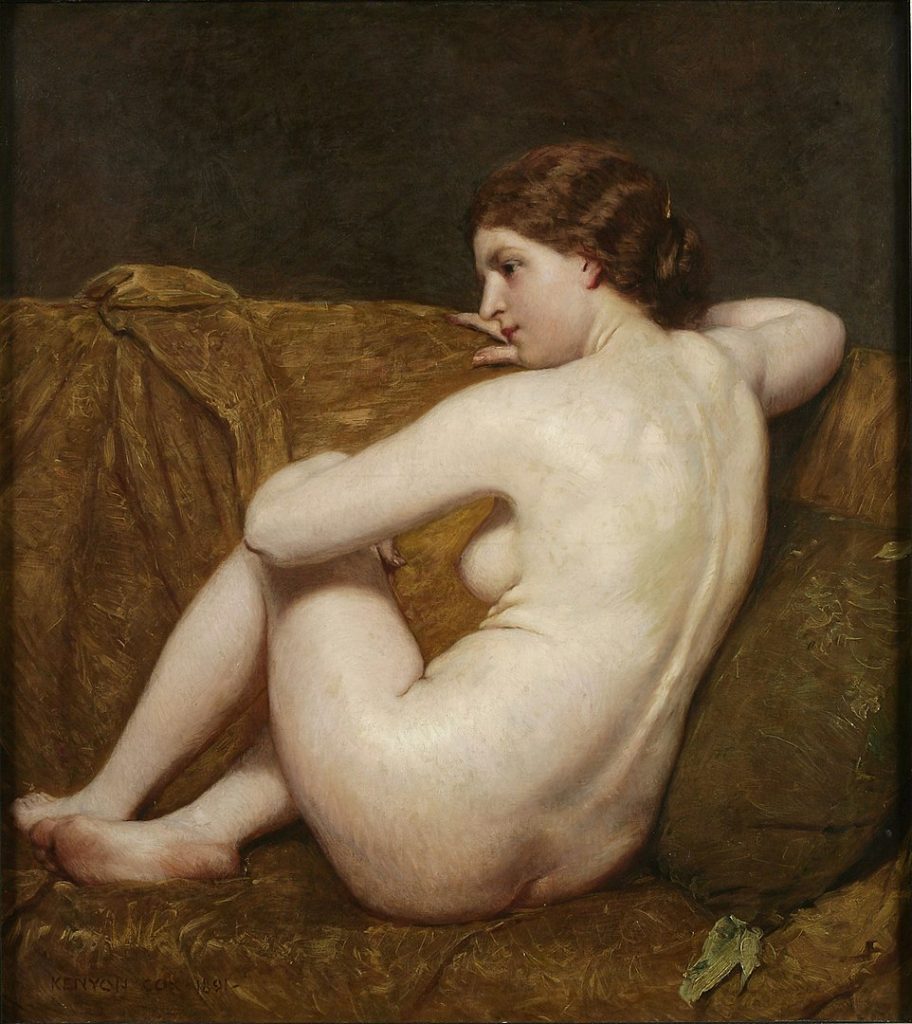
The artist’s commitment to artistic education became evident through his involvement in teaching. Cox served as an instructor at the Art Students League in New York and later became the president of the National Academy of Design. His pedagogical approach emphasized the importance of drawing from life and a thorough understanding of anatomy—an approach rooted in classical training.
Nuanced Perspective
As an influential figure in the American art world, Cox engaged with the ongoing debates surrounding the Armory Show of 1913, an exhibition that introduced American audiences to avant-garde European art. While Cox was critical of some aspects of modernism, he maintained a nuanced perspective, acknowledging the diversity of artistic expression and the evolving nature of the art world.
Kenyon Cox’s legacy endures not only through his artistic contributions but also through his writings, which continue to be valued for their insights into the cultural and artistic milieu of his time. His advocacy for the classical tradition, commitment to artistic education, and contributions to public art decoration left an indelible mark on American art history.
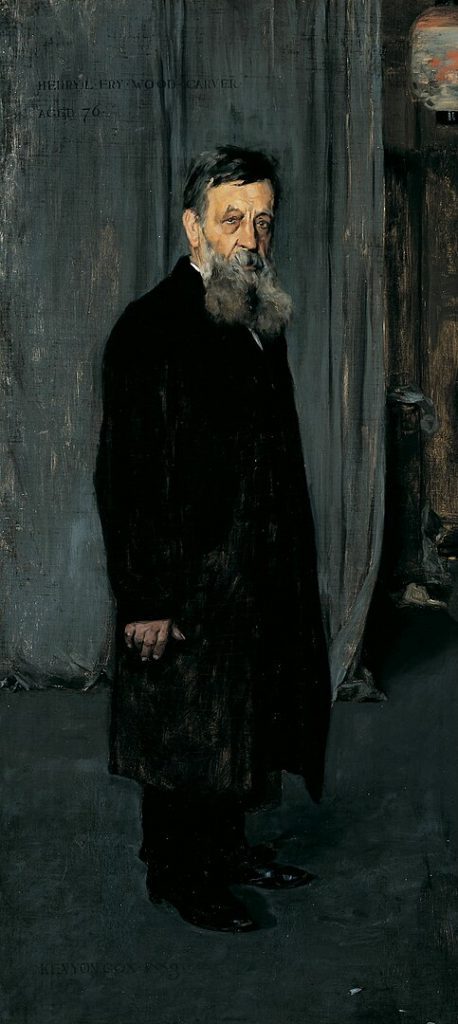
In his later years, Kenyon Cox continued to paint and write, remaining engaged with the evolving art scene. He passed away on March 17, 1919, leaving behind a body of work that reflected his unwavering dedication to the ideals of beauty, form, and tradition in art. Cox’s legacy lives on, not only in the canvases that grace museums and institutions but also in the enduring impact of his ideas on the trajectory of American art.





